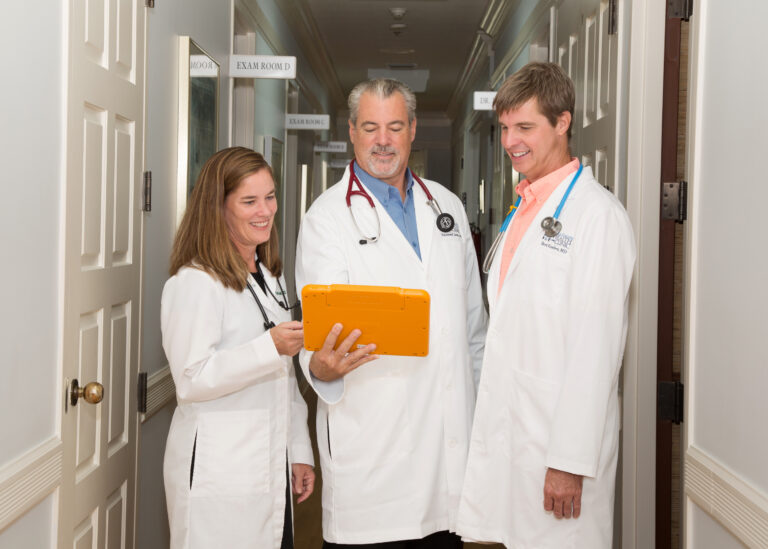
New Year’s Resolution 2021

We have somehow made it to the final week of 2020. Humorously it can be said that we can all look back at the first year of the pandemic, with usually accurate 20/20 vision. As we all move into 2021, there is time to consider New Year’s resolutions. This year that opportunity should not go unfilled.
The effects of COVID-19 have spared no one. Even the most skeptical, and the unbelievers have noticed something. The negatives are obvious: illness, personal loss, death, social distancing, and isolation to name a few. Positives can also be identified, including personal faith, strengthening family relationships, considering collective wellbeing, and finding value in simple daily routines. For each of us the balance of the positives and the negatives results in how we see the pandemic and the events of 2020. This balance determines how we consider resolutions for the future. As I am not a student of politics and race relations, I will avoid those events in my reflection of 2020.
My first resolution for 2021 is that this will be the last article I write about COVID-19 and the pandemic. I have spent 40 years teaching, studying, and practicing medicine. I have seen the impact of molecular genetics and biology in most specialties including cancer medicine and infectious diseases. To witness the development of the applied science that has given us potentially preventative vaccines (now there are at least four) within a year is both astounding and unprecedented. Just 65 years ago injectable inactivated polio vaccine (Dr. Salk) became a reality. It then took six more years for the oral vaccine (Dr. Sabin) to be commercially developed. The overall research effort took more than 20 years. Two doses given 4-8 weeks apart provide life-long immunity. Yet eradication of the disease was not immediate. While the United States is considered polio-free, it has taken until 2017 for the number of wild-type polio cases in the world to fall under 1,000 cases a year. Since then, things have gotten better. With continued development of effective vaccine platforms and better understanding of the variables that affect vaccine efficiency (number of doses, added immunostimulants, immunosenescence with age), the vaccines of the 21st century have been more rapidly developed. Successful vaccines are now possible using inactivated intact virus, attenuated virus, toxoids that induce illness such as tetanus, and diphtheria, or subunit viral pieces as in the vaccines for Hepatitis B and Herpes virus. Other forms of vaccines exist, including conjugate vaccine and heterotypic vaccines such as BCG used to prevent tuberculosis and bladder cancer. The list grows yearly.
And now we have the first of a new wave of vaccines. The mRNA platform has arrived just in time. The mRNA-based vaccines being offered by Pfizer and BioNtech and by Moderna have been produced in record time. They come as a result of a decade of research developing innovative vaccines attempting to stimulate an immunologic response to both cancers and emerging viral threats such as Ebola. Synthetic production of mRNA nucleotide fragments and synthetic nanoparticle delivery envelopes have made possible the rapid development of the safe and effective vaccines now available to prevent coronavirus infection and COVID-19 illness. Similarly, the vaccines being developed by AstraZeneca and Johnson & Johnson will quickly add options for effective vaccination for us all. I say BRING IT ON!!!
Yet, in closing 2020, I think back on the history of vaccine development. Without comprehensive programs that incorporate the basics of public health, vaccination programs can work only so well or so fast. Surely, the rollout of the available vaccines will occur. The Boca Grande Health Clinic is in line with four separate pipelines for distribution. Unfortunately, the process is still too early for us to be able to identify the exact sources and timeline of delivery. It is very likely that we will all have an opportunity for vaccination before the summer, but the next 90-180 days (not 6-20 years as in the past) will be critical for many of us. Unless we all buy into doing the right things collectively, COVID-19 will continue among us. As my last words on COVID-19 (I promise), please wash your hands. Please wear a mask, especially indoors. And please distance yourself and avoid unnecessary indoor gatherings. Before Jenner figured out how to prevent smallpox just before 1800, 1 of every 13 persons living in London died or was severely disfigured by the disease. Be delighted you are living in 2021, at a time when science and public health policy can help you live well if you listen.
More Recent Healthcare News

Every year we celebrate Doctor’s Day and Nurses Week, but there’s one more recognition event that’s just as important. Administrative Professionals Day is April 24th this year and I want to be sure to bring special attention to three incredibly special members of the Boca Grande Health Clinic family. Jonna Foos, Director of Operations Jonna […]

April, the birth month of James Parkinson, is Parkinson’s Disease Awareness Month. Parkinson’s is a degenerative syndrome that results in the gradual loss of brain circuitry involved in movement, thinking and behavior. According to the National Institutes of Health (NIH), the first clear medical description of Parkinson’s Disease as a neurological condition was written in […]

March 30th marks a special day on our calendar – Doctor’s Day! It’s a time to honor those who dedicate their lives to caring for us. At the Boca Grande Health Clinic, it’s the extraordinary team of board-certified physicians – Dr. Raymond A. James, our Medical Director; Dr. Bret Kueber, the Assistant Medical Director; and […]

Ask a Doc: Kicking Colon Cancer in the Butt
March 22, 2024According to the American Cancer Society, the lifetime risk of developing colorectal cancer is about 1 in 23 for men and 1 in 25 for women. The death rate from colorectal cancer has been dropping in older adults for several decades. Unfortunately, colorectal cancers now rank as the leading cause of cancer death in men […]

